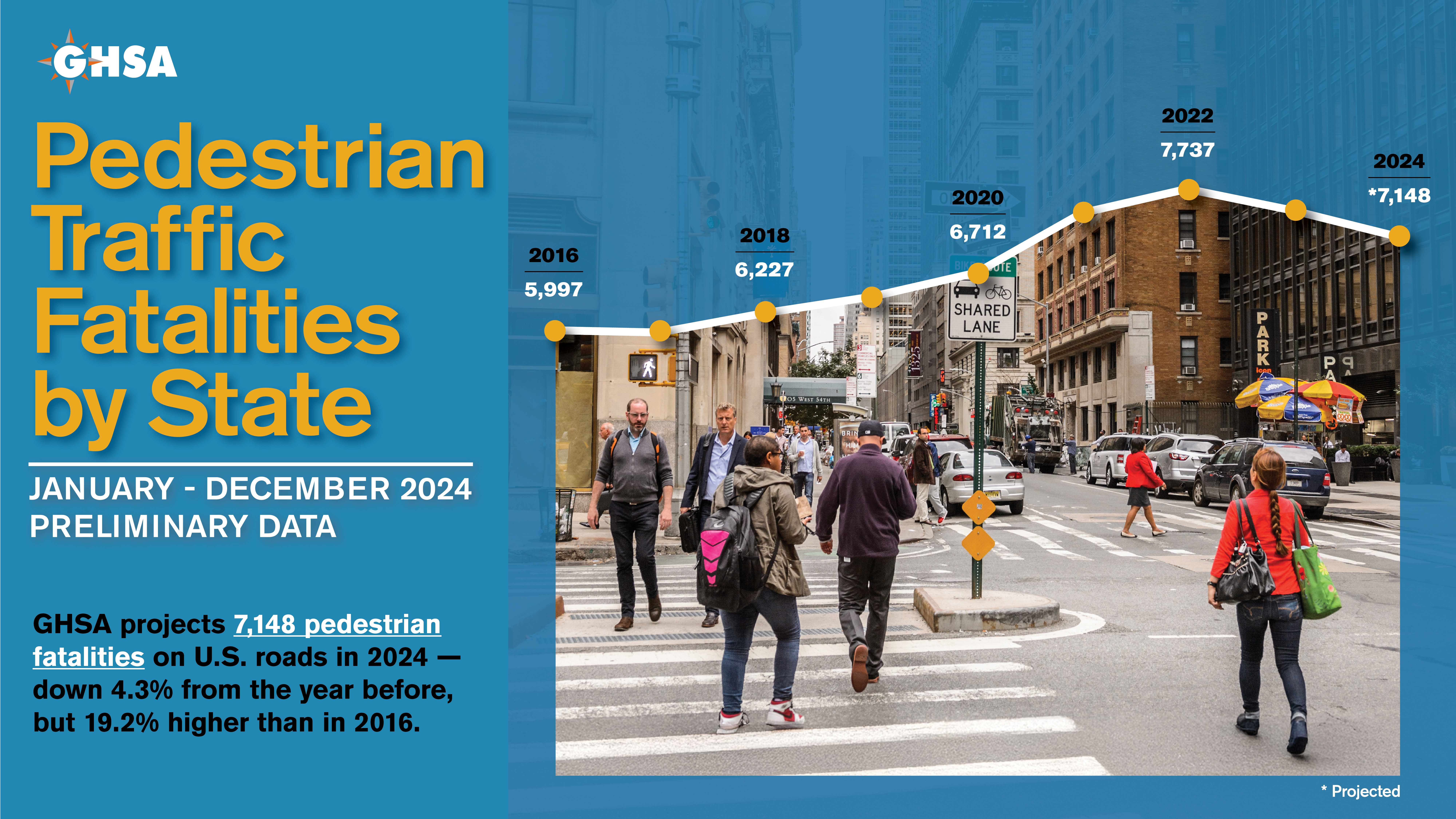Speeding increases both the risk and the severity of motor vehicle crashes. Speed cameras are an effective tool for reducing speeding and speed-related crashes. A 2010 review published by the Cochrane Collaboration examined 35 studies from various countries. The authors concluded that speed cameras reduced average speeds by 1%-15% and the percentage of vehicles traveling above the speed limits or designated speed thresholds by 14%-65% compared with sites without cameras[i].
While numerous studies have shown that speed cameras are effective at reducing speeds, crashes, and injuries, these efforts have not focused on crashes involving pedestrians and bicycles. As cities and counties throughout the United States increasingly explore or adopt the use of speed cameras, there is a need to develop a better understanding of the effects of speed camera programs on pedestrian and bicycle crashes.
The objectives of this research are to (1) develop an understanding of the effects of speed camera programs on pedestrian and bicycle crashes, and (2) provide guidance for jurisdictions to measure effects of speed camera programs on pedestrian and bicycle crashes, including downstream effects beyond speed camera locations.
The research should consider fine structures, payment of fines, and in which contexts speed cameras may be most effective. Findings can be used states and jurisdictions (1) to help decide if and where to implement speed cameras most effectively to target vulnerable road user crashes and (2) to communicate the benefits of speed cameras to the public.




